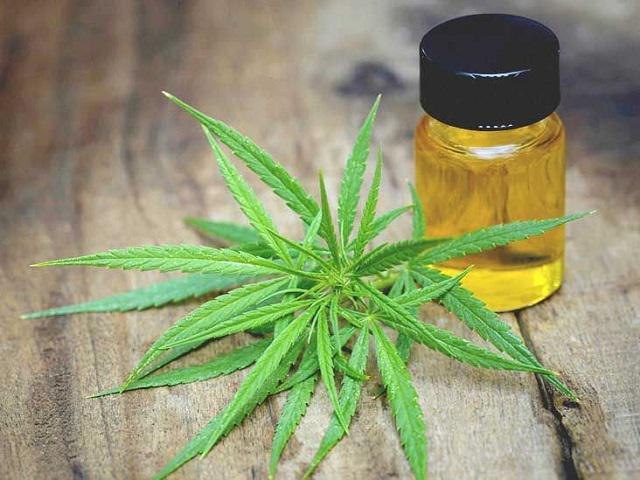Pain affects millions of people worldwide, and treatments are often limited. There are several types of pain, such as chronic pain, back pain, arthritis, and joint pain. Thanks to its anti-inflammatory properties, CBD can help support these conditions. CBD interacts with the nervous system, which sends pain signals to the brain, so it can also help reduce pain sensitivity.
CBD is non-addictive and has a relatively low-risk profile with no harmful side effects. The best way to use CBD to help pain recovery is with CBD oil or CBD creams. Just be sure to check third-party lab results before using any CBD product. You can view certificates of analysis for all of Naturecan’s CBD products here.
OVERVIEW
- There are many different types of pain, including back pain, chronic pain, arthritis, and joint pain.
- Studies show that CBD can help the body repair damaged cells and maintain a balanced internal state.
- CBD can also affect the way we perceive pain through the nervous system and decrease sensitivity to pain.
Depending on how CBD oil is used, it can have a wide variety of benefits. Topical CBD is becoming an increasingly popular option for people suffering from pain, as it can be applied directly where it is needed.
While many pain treatment options are limited or involve addictive medications, CBD offers an all-natural solution that will not cause dependency in its users.
What is pain?
The International Association for the Study of Pain defines pain as “an unpleasant sensory and emotional experience associated with, or resembling actual or potential tissue damage”.
When cells in the body detect tissue damage, they send a signal to the brain through the nervous system that something may be wrong. The brain translates this into the sensation of pain, so we react by avoiding what causes it. For example, if we touch a hot surface we will feel pain and immediately contract our muscles as we move away from the surface. This is an example of acute pain, which arises quickly in response to a particular injury.
On the other hand, a 2016 analysis shows that 43% of the UK population lives with chronic pain. This type of pain usually lasts longer than six months and is caused by underlying problems.

How does CBD work?
CBD influences the body’s endocannabinoid system (ECS), which is a complex cell signaling network made up of three main components:
- Endocannabinoids
- Enzymes
- Cannabinoid receptors
Endocannabinoids are neurotransmitter molecules that bind to cannabinoid receptors in our central nervous system, peripheral nervous system, and immune cells.
These receptors are bound to specific cells in the body. Endocannabinoids bind to them and transmit signals from the brain.
The cells then respond to these signals by acting on the transmitted information.
In the event of injury, endocannabinoids would target receptors in the affected area to relieve pain, as well as nearby immune cells to relieve inflammation and initiate the healing process. Once the endocannabinoids have done their job, the body produces enzymes to break them down. Our ECS regulates several vital body functions through this process.
Unfortunately, if our endocannabinoid levels are low, our ECS struggles to communicate and maintain a balance between the different systems of the body. For more information about CBD, please take a look at this article to learn more.
There are many ways to increase endocannabinoid levels, such as regular exercise. CBD supplements also increase cannabinoid levels in the body.





